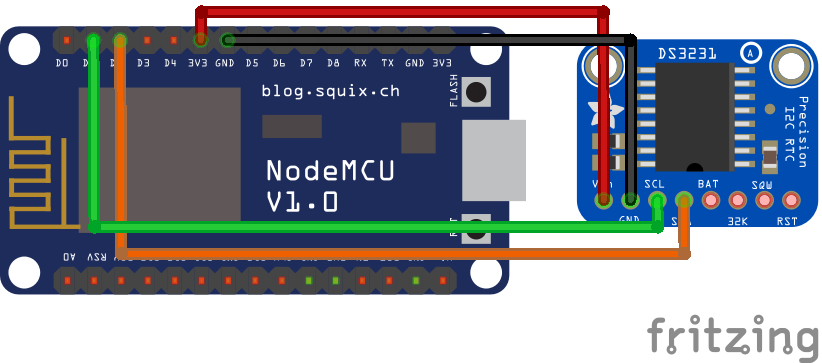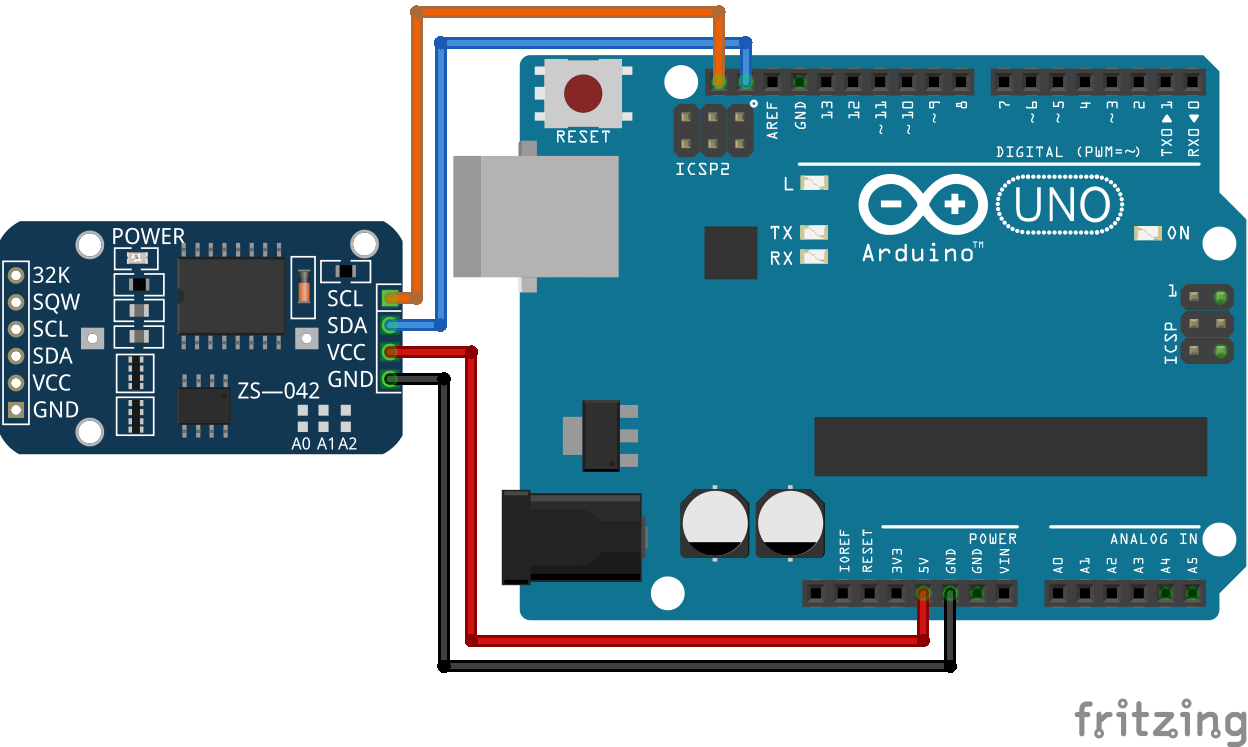


If you are new to the world of Arduino, using the library will be simpler. You can either use an Arduino library created by Rhys Weatherley, or use raw I2C commands. There are two ways to work with the module. If your circuit requires these, bridge the pads with a little solder to connect the resistors to the I2C bus. There are two 4k7 ohm resistors fitted to the board as I2C bus pull-up resistors. RST: At this stage it’s unused, it can be used as a part of a reset switch.ĭon’t forget to install the backup battery. SQI: From this pin comes the controllable square-wave. SCL: This is the I2C bus clock pin, connect to your Arduino’s A5 pinģ2K: The module has a 32 kHz square wave output from this pinīAT: You can connect the ‘+’ of an external backup battery to this point SDA: This is the I2C bus data pin, connect to your Arduino’s A4 pin GND: Connect this to your Arduino or board’s GND pin VCC: Connect the 5V or 3.3V from your Arduino or circuit here to power the module No other pins on the Arduino are used by the module other than power and GND, so they are all available for connection to other devices in your projects. If you are using a Freetronics LeoStick or Arduino Leonardo-compatible board, please use D2 (SDA) and D3 (SCL). In the setup section of the demo example code we can notice that there are three line that we need to uncomment in order to initially set the day of the week, the time and the data.The Freetronics Real-Time Clock Module keeps accurate time for years using a tiny coin-cell, and is very simple to connect to your Arduino project.The module uses your Arduino or Eleven's analogue pins A4 and A5 for "I2C" serial communications with your sketch. Luckily, there are already several libraries for the DS3231 RTC which can be found on the internet.įor this tutorial I chose to use the Library made by Henning Karlsen which can be found and downloaded from his website, So once we download and install the library we can use its first demo example to initially activate the clock of the RTC module. However, when it comes to programing a communication between Arduino and an I2C module the code isn’t that small and easy. Once we connect the module we need to program the Arduino Board to work with the Real Time Clock. As an Amazon Associate I earn from qualifying purchases. Breadboard and Jump Wires ……… Amazon / Banggood / AliExpressĭisclosure: These are affiliate links.Arduino Board …………………………… Amazon / Banggood / AliExpress.You can get the components needed for this Arduino Tutorial from the links below:

So all we need is 4 wires, the VCC and the GND pins for powering the module, and the two I2C communication pins, SDA and SCL.


 0 kommentar(er)
0 kommentar(er)
